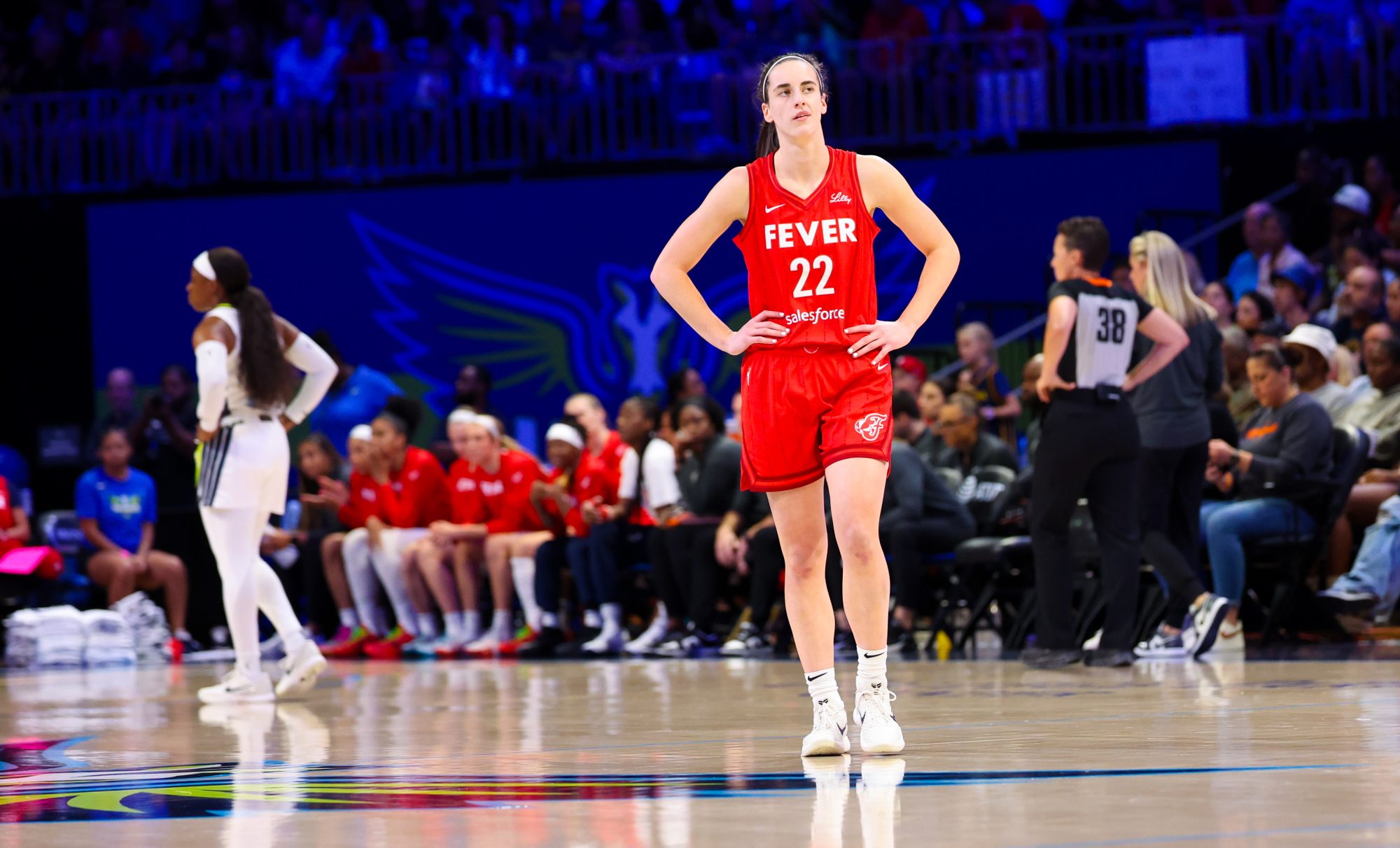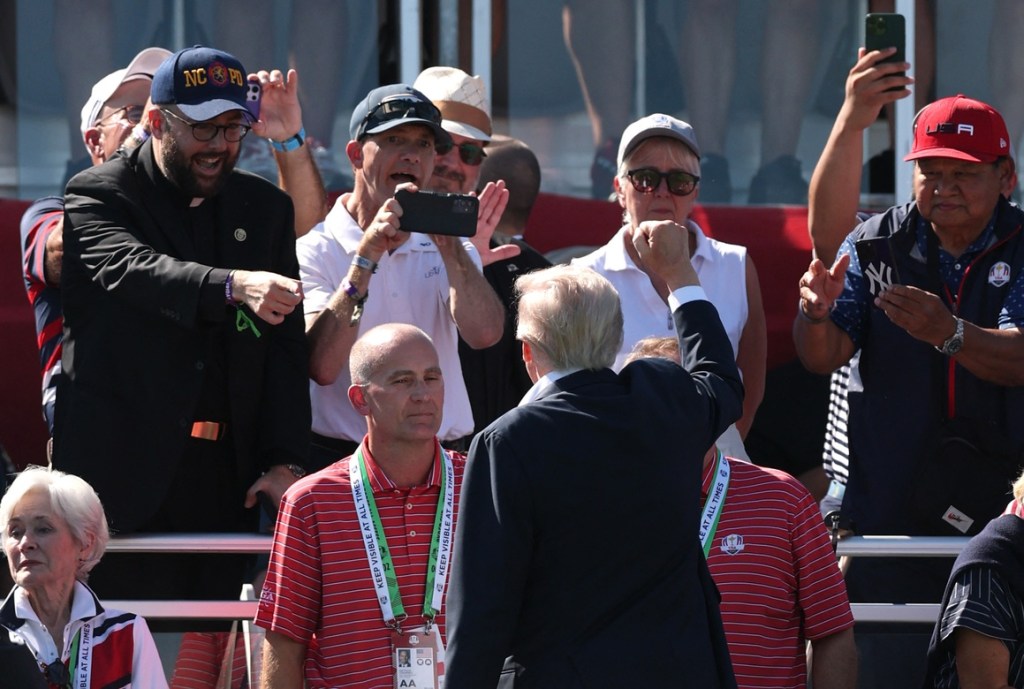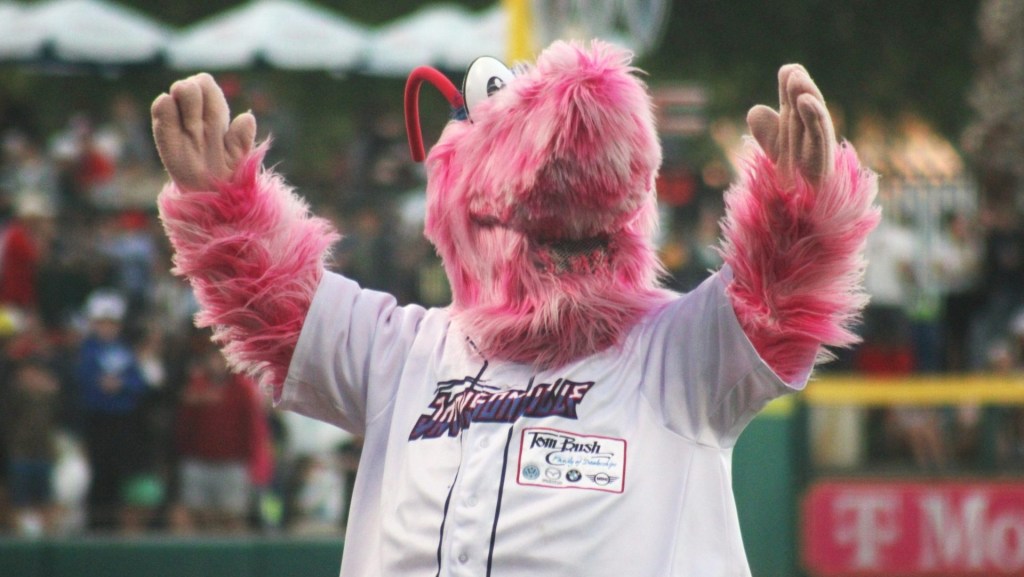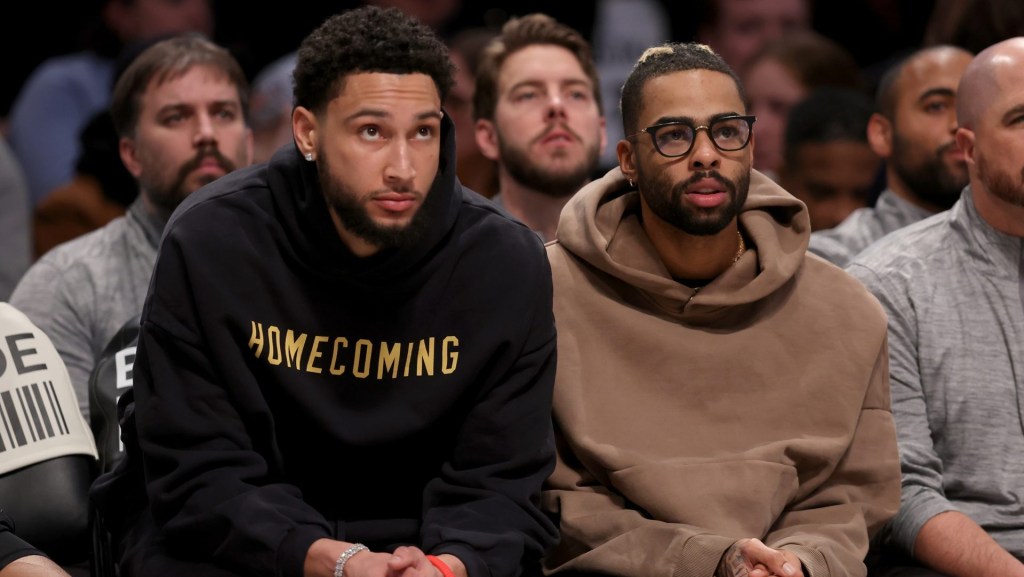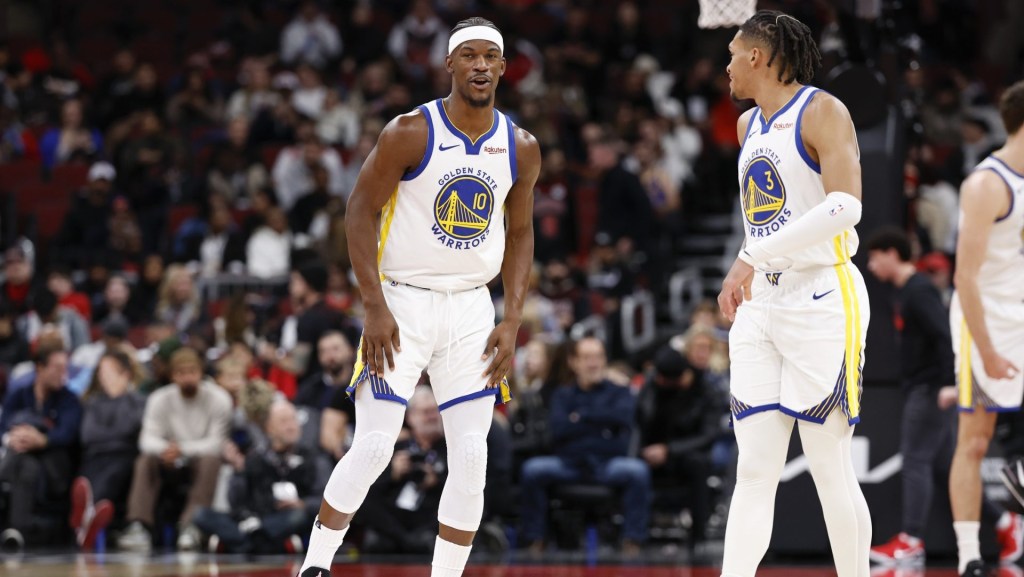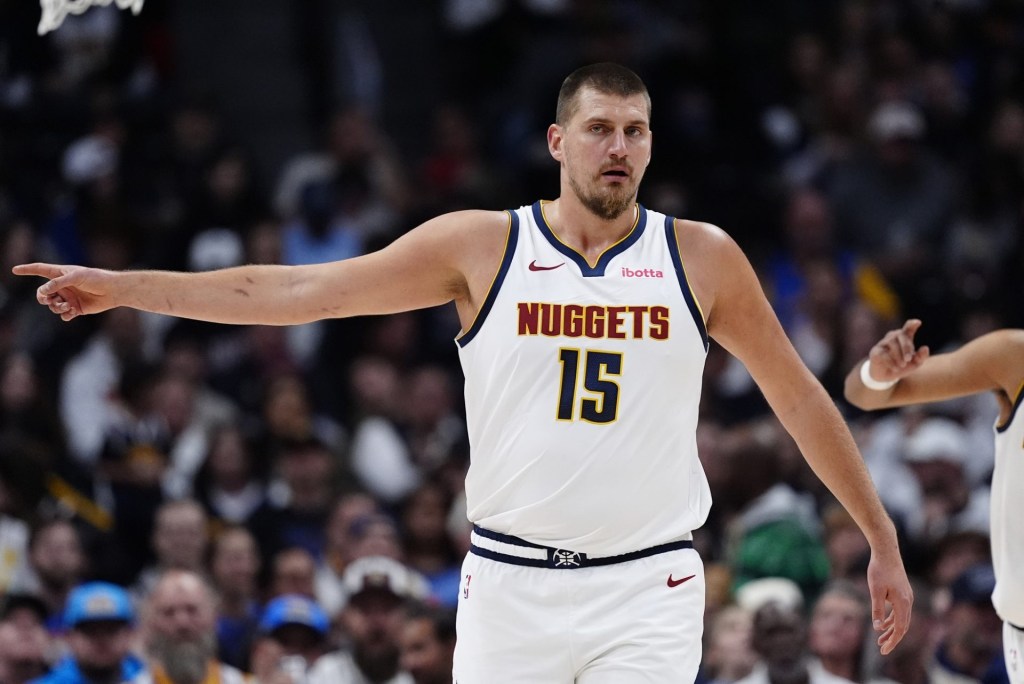The rise of professional women’s sports is hard to ignore. Unless you’re a Fortune 500 company. New data shows the vast majority of the U.S.’s biggest companies are not spending their ad dollars on women’s pro sports.
Only 33 companies in the Fortune 500 (6%) have league or team sponsorship deals with the WNBA, NWSL, and PWHL as of June 30, according to data provided exclusively to Front Office Sports by consulting agency Gather. Twenty percent of Fortune 500 companies sponsor comparable men’s sports leagues (NBA, MLS, and NHL).
“There was nothing surprising to me about that,” says David Gaspar, the head of innovation at Gather. “It confirmed that there’s a disparity; however, there is a tremendous amount of optimism in the data. Those companies that decided to sponsor women’s sports are really doing it in a pretty big way, and they’re really putting energy behind it.”
Ally Financial is one of the more notable examples among that 6% of Fortune 500 companies that sponsor women’s sports. Over two years ago, Ally launched its 50/50 Pledge with the aim of parity in ad dollars spent in men’s and women’s sports.
“We are a very ‘deeds not words’ type of company in everything we do,” says Ally Financial CMO Andrea Brimmer. “The other thing really was this notion of looking at the data and seeing around a corner what was coming next in terms of the rise in the popularity of women’s sports. It was only a matter of helping move the marketplace to provide more access for consumers so that they could discover how good women’s sports really are.”
It had been a slow simmer since Title IX was expanded in 1972 to include equal access to women and girls in high school and college sports. A year later, Billie Jean King helped secure equal pay for women’s tennis players at the US Open. The LPGA, launched in 1950, the Olympics, and the U.S. women’s national soccer team’s 25-year run of success are some of the other drivers.
Bill Moseley, director of sponsorships and experiential marketing at AT&T, credits the “Wubble”—the WNBA’s 2020 season inside a Bradenton, Fla., bubble amid the pandemic—as one of the initial catalysts behind the recent rise of women’s sports visibility.
“It contributed to this dynamic because that opened the aperture for fans,” Moseley says. there was a demand for inclusion. I think women’s sports helped fill that. … There is an audience [for women’s sports] if you put the content in the right place and expose it to the right eyeballs, the viewers are there and engaged.”
Women’s college hoops has continued to surge as well, powered the past few seasons by Caitlin Clark and Angel Reese before they entered the WNBA where established stars like A’ja Wilson and Breanna Stewart had already proved the league’s meager TV deal ($60 million per year) vastly undervalued the new fans drawn to the sport. Last month, the WNBA agreed to a new 11-year, $2.2 billion deal ($200 million per season).
The overall sponsor dollars won’t see a comparable jump, at least immediately.
“While some brands have shifted some of their spend from men’s to women’s sports, it’s more likely you’re going to see a slower, steadier increase in the investment [in women’s sports] versus this big spike,” Moseley says. “That tends to be more sustainable.”
Ally’s spending on women’s sports—from the NWSL to being the title sponsor of the ACC Women’s Basketball Tournament and the ACC Women’s Soccer Championship—has boosted the brand. A report by the firm Brand Finance showed Ally’s brand value jumped 31%, its highest jump in five years, when the financial services industry overall saw brand values decline 3%.
“What was different from year to year? It was the lean into women’s sports,” Brimmer says. “And while we can’t point to that data and say, ‘Hey, it’s entirely attributable to everything that we did in women’s sports,’ it doesn’t take a genius to figure out that a heck of a lot of it was probably attributable to that.”
Among 40 total categories studied, 24 industries sponsor both men’s and women’s basketball, hockey, and soccer pro sports leagues—including beverage, hotels, and apparel—but not a single industry sponsors women’s sports exclusively.
“If there’s an ROI, they’re going to do it,” Gaspar says. “No one’s doing this because they think it’s nice. They’re doing it because they think there’s a return on investment here. Full stop. And that’s what we counsel our clients about as well. This is about return. I think the numbers will continue to go up, and, when it comes to ROI, there’s a fantastic investment to be made in women’s sports right now.”
